ELEMART ROBION’S KNOW-HOW
Mastery of vine handling
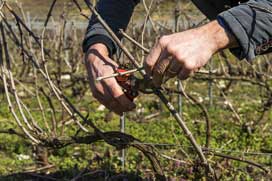
Agricultural Approach
That is why, at the end of winter, manual ploughing and weeding will neutralize the greedy grass. This will also help deep rooting of the vines; guarantee of a rich expression of the Terroir and persistent minerality of the upcoming wines.
On the other hand, at the end of flowering, the natural grass growth is left alone. The competition thus generated directs the various attacks on the grass and distracts them from the vines and grapes.
Another essential point is that the vineyard is also subject to a special protection recipe, made of herbal teas, plant extracts and essential oils.
Furthermore, disbudding and systematic removal of excess branches aiming to harvest only the best grapes, quantity control and optimization of aromatic concentration and sugar/acid balance of the juices.
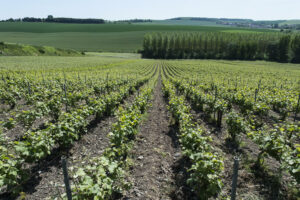
ELEMART ROBION KNOW-HOW
The Harvest Rendez-Vous
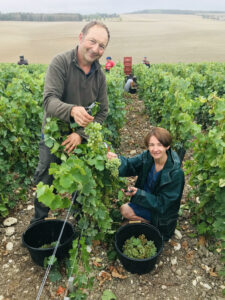
Harvest
Harvest is done manually. This alcohol potential, combined to a tasting of the grapes before harvest, will contribute to the appropriate sugar/acid balance for gourmand champagnes with pleasing freshness.
Grape Selection
We use indigenous and then selected yeasts. Alcoholic fermentation is carried out at low temperature to preserve the finesse of the wines.
Malolactic fermentation allows us to preserve the minerality and freshness of our wines.
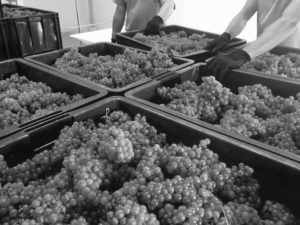
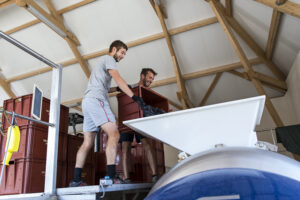
Pressing and Débourbage
Pressing is done in two presses, one of 2000 kg and the other of 4000 kg, in order to press, one by one, the grapes coming from the different plots, and differentiate each “territory”. Only Cuvée juices are used; first press. The waiting period between harvesting and pressing is short, avoiding alteration of the juices and loss of aromas and freshness.
Finally, the « débourbage » (separation of the deposits from the must) is static, as gravity does the job. It lasts a minimum of 24 hours in thermoregulated vats. Here again, alteration of the juices and freshness and aromas loss are avoided.
ELEMART ROBION KNOW HOW
Juices to Wines : Vinification
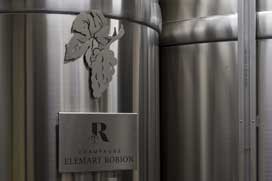
Vats Room
The vats room where juices will transform into wines called “vins tranquilles” (clear wines) counts 22 stainless steel thermoregulated vats that can contain 12, 25, 35 and 50 hectolitres.
Such a vats room is adapted to a vinification by plot. It allows the isolation of the juices of each “territory”, promises of various riches of expressions and creativity.
About fifteen 228-litre barrels from Burgundy allow us to mature some of our wines.
We use indigenous and then selected yeasts. Alcoholic fermentation is carried out at low temperature to preserve the finesse of the wines.
Malolactic fermentation allows us to preserve the minerality and freshness of our wines.
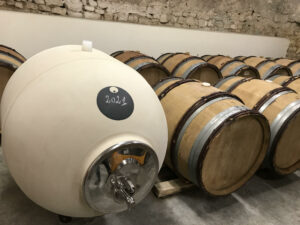
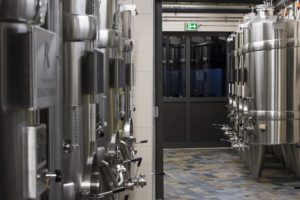
Wine Care
We avoid stressing the wines in order to keep all their potential richness.
To do this, we leave the still wines to rest on their lees in vats for a minimum of four 6 to 8 months.
ELEMART ROBION KNOW HOW
And a Champagne is born
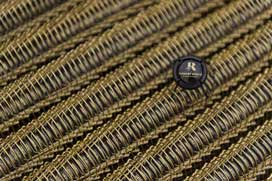
Four steps to remember:
Blending: after tasting and consultation, we proceed to bottling.
The champagnisation: once the sparkling process in the bottle is completed, the vintages remain on the lees for a minimum of 3 years.
Then the lees are stirred to bring the wine back into suspension and give it its full complexity.
Finally, the dosage for extra-brut and brut nature reveals the right expression of the terroir and ensures the perfect balance of our champagnes.